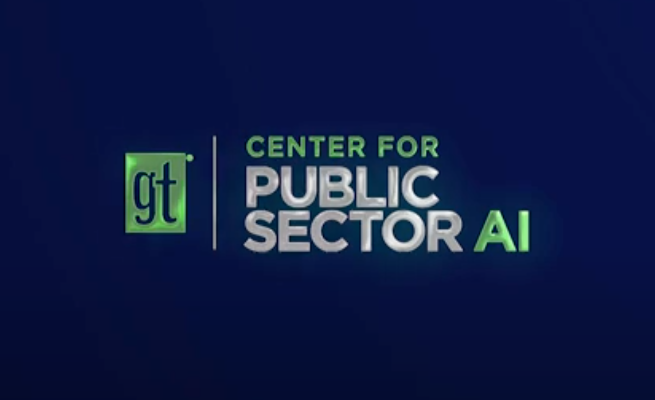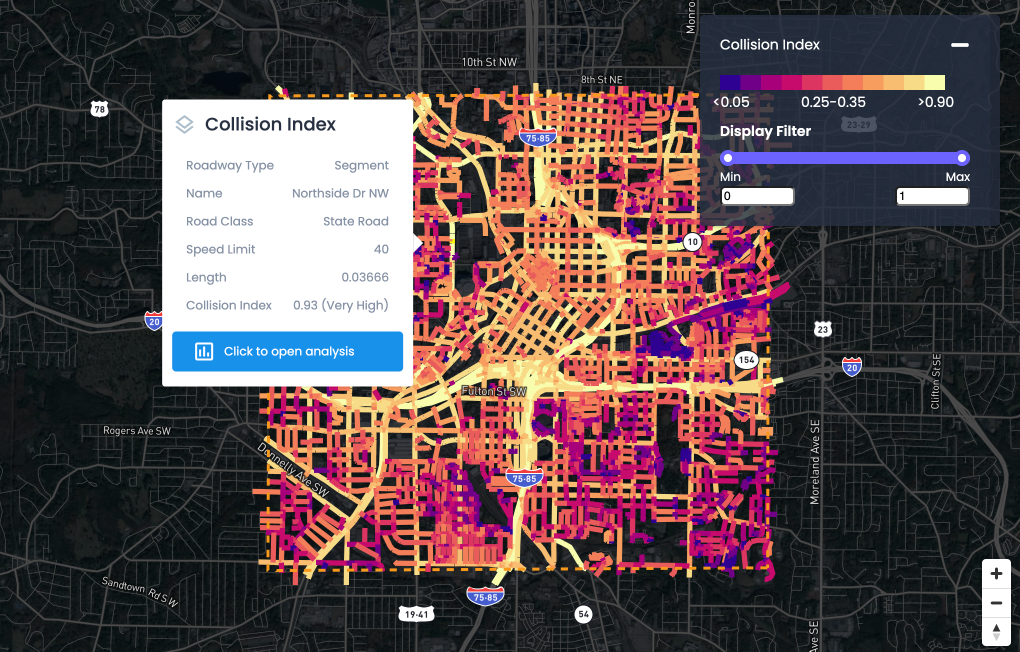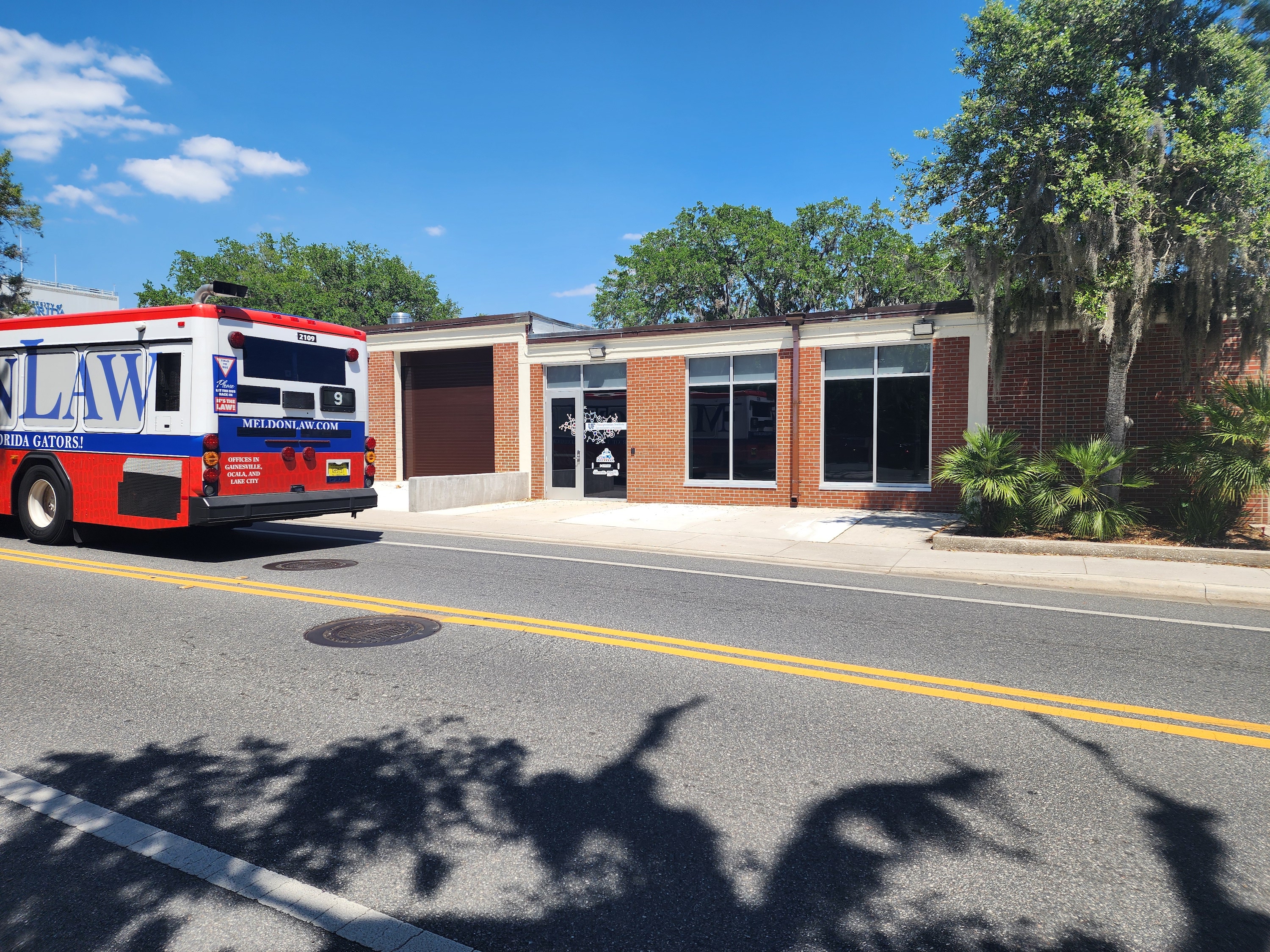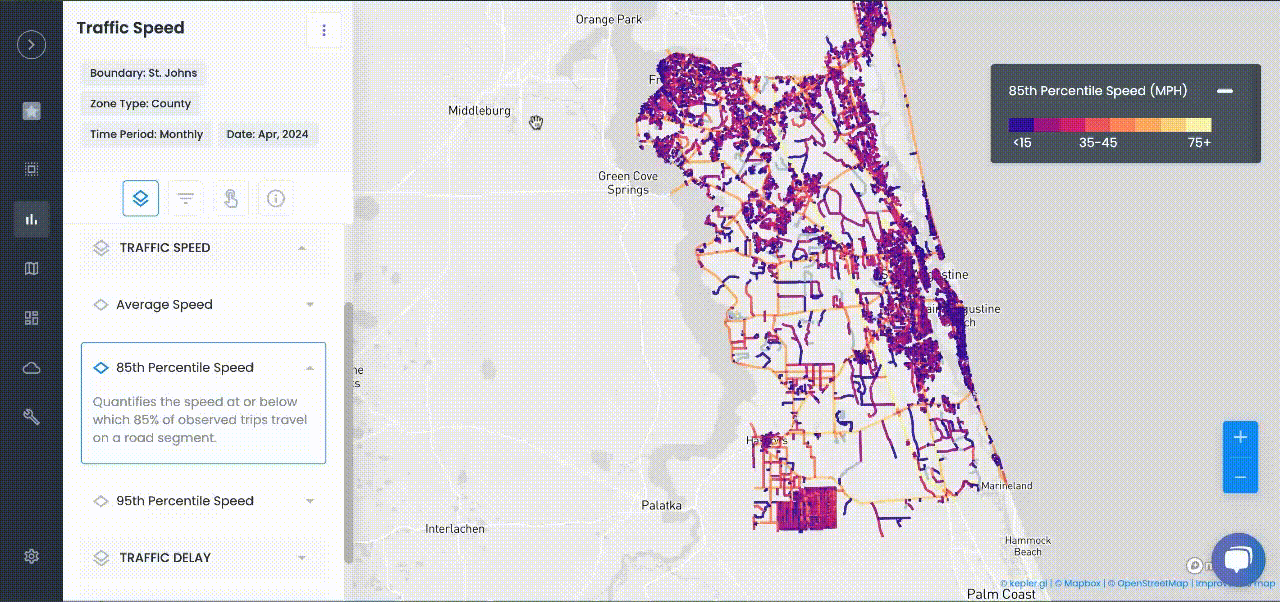
Articles
Taming Bureaucracy With Digital Twin Technology
Given the vast amount of data produced by the government, the public sector is ripe to show the many use cases for digital twin efficiency.
Given the vast amount of data produced by the government, the public sector is ripe to show the many use cases for digital twin efficiency.
Governments have long been at the forefront of using data to perform functions better and more efficiently.
In the eighteenth century, British doctors in the Royal Navy used statistics to prove that fresh fruits and vegetables could cure or prevent scurvy — a disease that incapacitated or killed vast numbers of sailors on long voyages.
In America, the United States Census grew from a simple headcount to a statistical snapshot of how Americans lived and worked. This resulted in the bureau contracting with the Tabulating Machine Company to analyze the results of the 1900 Census. The Census was computed in record time and the company went on to be a major part of IBM.
As the size and scope of what governments do has continued to grow, so have their needs for processing the vast amounts of data they both collect and generate.
In 1900, for example, there was no Department of Commerce or Labor, no Tennessee Valley Authority, no Air Force, no Veterans’ Administration. Computers, telecommunications, automobiles, and electronics were all in their infancy.
And that’s just the federal government. State and local governments have also grown in size and complexity.
Governments at the time were collecting and using more data than ever before, a process that continues to this day.
Government Operations
Digital twins can use this data to build models of products or operations, models they can then run simulations, seeking ways the real thing can be improved.
Multiple federal agencies are interested in digital twins, according to Accenture. The Department of Energy, for example, is using digital twins to simulate the behavior of the next generation of nuclear reactors.
“A digital twin will allow reactor operators an unprecedented level of monitoring, control, supervision and security,” according to Idaho National Laboratory. Sensors will be embedded within the reactor components; for even more redundancy each component will have its own digital twin reacting to the real time data constantly.
The twins will help predict when maintenance needs to be done on each part. It would also provide extra security by using the acquired knowledge of reactor conditions and operations. Twins would identify and ignore false signals sent by cyber-criminals or terrorists attempting to disrupt the power grid.
According to Accenture, other agencies using digital twins include the National Institutes of Health — which are applying them to help doctors devise better treatments for patients — and the Department of Homeland Security — which wants to use digital twins to help ecommerce businesses and customers track packages traveling through customs.
Digital Twins and DoD
Defense agencies, however, have the greatest need for digital twins.
According to Air Force Mag, the United States Air Force is “going all in on digital twins”.
Their newest training craft, the eT-7 Red Hawk, was developed using digital twins and now the Air Force Research Lab (AFRL) will test proposals for new weapons systems by submitting their digital twins.
The AFRL even set up what they call a “digital coliseum” to put the systems through their paces.
According to Accenture, the Army and Navy are also creating digital twins of aircraft and other vehicles they operate in order to improve maintenance and assess performance.
It’s likely that as each branch of the military adopts digital twins for various purposes, the other branch will also adopt them — the digital coliseum concept makes sense for them, too, for example.
Digital Twins Across Government IT
IT departments of government agencies are also adopting digital twins.
The Air Force is using them to protect GPS from cyber-attacks, as well as better understand the conditions of satellites, according to Signal.
NASA has the digital twin of a research center that helps allocate office space.
Outside the United States, some governments are creating whole-country digital twins to assess the impacts from climate change, land use, and other issues.
In Germany, for example, the government can use large scale surveying tools, like LIDAR, to study soil or flora conditions and get a picture of the intensity of farming or pollution in the soil.
Governments are also applying digital twins to their own facilities, buildings, and other assets.
Because the government also produces so much data about itself — and has several layers of processes that can’t be changed on a whim — it may be possible to build digital twins of entire departments or agencies in the future.
This would create powerful administrative tools that could find inefficiencies or problems in the bureaucracy, allowing the civil service to better serve the public.
It could also create clearer metrics for Congress and voters, potentially cutting through the hyper-partisanship of today's political climate.

NEWS
Recent Announcements
See how public sector leaders succeed with Urban SDK.

Company News
Urban SDK Joins Government Technology’s AI Council to Help Shape the Future of AI in the Public Sector
We’re proud to announce that Urban SDK has officially joined the AI Council, part of Government Technology’s Center for Public Sector AI

Company News
Collision Index: Proactive Traffic Safety Powered by AI
Communities now have another layer of road safety thanks to Urban SDK’s Collision Index

Customer Stories
University of Florida Transportation Institute Partners with Urban SDK to Expand I-STREET Program
Urban SDK and the University of Florida have partnered to expand the university's I-STREET Program
WEBINAR
Identify speeding and proactively enforce issues
See just how quick and easy it is to identify speeding, address complaints, and deploy officers.
